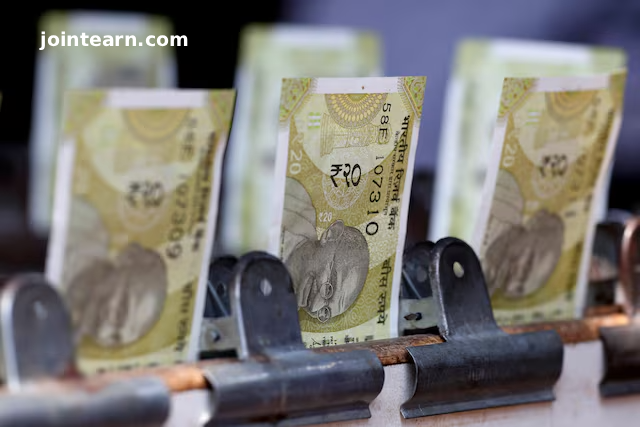
Key Highlights:
- Indian rupee expected to trade in a narrow band against the U.S. dollar
- RBI resumes regular intervention in FX markets
- Speculation over easing of RBI control earlier in the year proven premature
- Rupee down 3.4% year-to-date—one of Asia’s weakest currencies
BENGALURU, Nov 6 (Reuters) — The Indian rupee is expected to remain tightly range-bound against the U.S. dollar in the coming months as the Reserve Bank of India (RBI) resumes its familiar strategy of currency market intervention to prevent excessive volatility, according to a Reuters poll of FX analysts.
Despite brief speculation earlier this year that the central bank had loosened its grip—due to wider trading bands and a declining dollar—the rupee remains one of Asia’s worst-performing currencies in 2025, losing around 3.4% year-to-date.
“The RBI doesn’t like volatility on either side,” said Madhavankutty G, chief economist at Canara Bank. “Excessive appreciation can hurt exporters, so they will smooth movements both ways.”
How the RBI Is Managing Rupee Volatility
Recent data shows a rise in short-dollar positioning and renewed RBI dollar sales via state-owned banks, signaling a return to managed currency control. In September, the RBI’s net short dollar forward positions increased by $6 billion to $59.4 billion, marking the first monthly rise in six months.
This shift comes after the central bank reduced its commitments from a peak of $89 billion in February to around $53 billion in August, before ramping them back up in September—a clear sign of a renewed crackdown on speculative rupee bets.
Yet, some market experts criticize the RBI’s approach.
“Let the market function freely. What’s the point of pushing the rupee to a level and then shorting it back down?” said Anil Bhansali, head of treasury at Finrex Treasury Advisors.
FX Reserves and Investor Sentiment
India’s sizeable foreign exchange reserves—which dipped by $6.92 billion to $695.36 billion as of October 24, per RBI data—continue to act as a critical buffer against shocks. However, concerns remain that persistent intervention may deter long-term foreign investors.
While India posted strong GDP growth of 7.8% in the April-June quarter, foreign investors have pulled out nearly $18 billion combined from equities and debt this year, including funds meant for the Voluntary Retention Route (VRR) aimed at long-term bond market inflows.
Rupee Outlook Through 2026
Based on the median forecast of 37 FX analysts polled by Reuters between Nov 3-6:
- USD/INR expected to settle at 88.25 by end-January 2026 (a minor 0.4% gain from current levels)
- Forecast to edge down slightly to 88.08 by end-April 2026
- Expected to reach 88.50 by Nov 2026
Historical data shows analysts have typically remained bullish on the rupee across forecast horizons, despite recurring bouts of volatility driven by global and domestic factors.


Leave a Reply